|
Many of us might not even remember Myspace at this point. Amazingly, in 2008, not even that long ago, Myspace was the top social network platform. While Facebook was rapidly making progress, Twitter was still in its early days, and Instagram, Snapchat and TikTok were still just gleams in the eyes of their founders, Myspace was the place to go. So what happened? Like any story, it’s complex. But one key issue was a lack of product focus. Myspace didn’t know what it wanted to be. You can see that in the image above. Was it a place for friends? A place for music? A place for games or videos? It ended up being a place for everything, and it did none of it well. Myspace didn’t have an obvious idea of what it wanted to be or accomplish, and could never decide on the best way to get there. That’s not surprising. If you don’t know where you’re going, it’s hard to figure out the best path. And within a few years, Facebook dominated social media. Which should never have happened. When you have an existing network, maintaining it should be the simple part. But they weren’t able to do that. And the rest is history. So how can we avoid becoming Myspace? The secret (or not-so-secret) ingredient is to define clearly what you are trying to do — within your company and within your product. Myspace didn’t fail for lack of experimenting, but for lack of clearly defining what they needed to do to be successful and then executing well on those things. A great tool for avoiding this issue is OKRs. I’ve used OKRs in almost every team I’ve been in. There isn’t anything magical about an OKR itself, but the principles and the process make them extremely successful. So let’s take a closer look. A Little OKR History For those unfamiliar, OKR stands for Objective and Key Result. The objective is a high-level, aspirational goal you are trying to achieve, and the key results are how you are going to measure your success. That’s it. They are meant to be collaborative, open, and transparent. They are also meant to push you, your team, and your organization. So they’re not necessarily a good fit for every situation, but more on that soon. We consider Andy Grove the father of the OKR. He created them at Intel in response to the more limited goal management styles that existed at the time, such as MBOs (management by objective) and KPIs (key performance indicators). MBOs were centrally planned and trickled down the hierarchy. Unfortunately, that may still sound familiar. And Grove considered KPIs numbers without a soul. While we still like KPIs in the right context, you can’t push yourself with KPIs alone. John Doerr was a junior employee at Intel during the time of Grove, and he has become a chief advocate of the OKR. Below, you’ll find an example of an early OKR from Intel and John himself: Why use OKRs? If you read Measure What Matters, you’ll become familiar with the four OKR superpowers: focus, align, track, and stretch. Focus The most important feature of an OKR is that it allows you to focus on the most important work. It explicitly calls out what you are focusing on, and by its nature, what you are not focusing on. This is powerful for teams and organizations. You shouldn’t have a laundry list of OKRs. Just like you can’t prioritize every product feature as the most important, you can’t prioritize every initiative or every goal as the most important. You need to focus. Steve Jobs famously said, “innovation means saying no to one thousand things.” And he meant it. When he returned to Apple from his time in the wilderness, he cut their product line down significantly. He focused the company so they could deliver fewer things, but better products as shown below. This became very salient for one of my teams. We had a long list of priorities and had been reordering it for a while. As I introduced the OKR framework, I asked the team to focus on one thing. What was the most important thing to accomplish? It was a change in thinking for many. They were used to changing priorities according to the loudest voice, which would happen every few weeks. We eventually agreed on a key outcome to focus on for the quarter. We’d prioritize all the work around that and deliver. It was difficult in the beginning. I had to remind everyone of our focus, both on the team and outside. But the outcomes were outstanding. Rather than incremental changes over long periods of time, we delivered meaningful change in a quarter. Once the broader organization saw what that kind of focus could do, it wasn’t so hard to sell everyone on the idea from then on. Align OKRs are a tool for empowerment and alignment across a team and organization. Remember the MBOs above? Executives would create objectives and hand them down to employees, who would then be accountable for parts of them. You can probably see multiple problems with that. OKRs are a top-down and bottom-up process. Yes, executives and leaders should have OKRs if your company is using them. And you should be able to see their OKRs. You and your team should also have OKRs, and everyone should see them as well. The purpose is to allow everyone to see what everyone else is working on so we can align up and down and laterally. We talk a lot about the up and down part, but not nearly enough about the lateral alignment. If other product teams have OKRs or goals that impact my group (or vice versa), it’s important we’re aware! Or if marketing or sales have specific objectives that are going to take some work from product and engineering, we should probably collaborate on that! If this sounds like a messy process, you’re right. It is highly collaborative and hands-on. Teams will often spend lots of time working on their goals and objectives, but we need to spend a meaningful amount of time working across groups to align on goals and results. Track If you’ve ever been part of an annual planning process, you’re probably familiar with the weeks or months that go into putting together detailed plans, the meetings and discussions and presentations, and the agonizing over budgets and details. And after it’s all done, everyone quietly puts those plans away for the year until it’s time to revisit them next year. That’s not how OKRs work. It’s probably not how annual planning is meant to work either. We use OKRs to track our progress continuously. And to hold us accountable. I use a Fitbit along with some other health tracking apps. I like to monitor my progress and set goals for myself. I check in regularly with my progress so I can course correct (most often) or celebrate (less often). The same idea applies to OKRs. If you set an OKR at the beginning of a quarter and check in at the end of the quarter, you’ve done it wrong. It’s a good start, but by that time there is nothing you can do. The tracking is best done weekly, checking your progress so you can make actual corrections and take action to achieve your goals by the end of the quarter (or time period). Hopefully, it will also give you a reason to celebrate throughout the quarter. Stretch Finally, we use OKRs to stretch. Don’t use an OKR for something like “keep satisfaction above 90%”. If you’re happy with where you are, that’s not a place for an OKR (more on that later). OKRs should push us, our teams, and our companies to higher heights. If it’s easy, and not without a chance of failure, we’re not stretching enough and it’s not an OKR. I recall an OKR meeting we had where one team laid out their proposed OKRs for the quarter. They sounded reasonable, but nothing about them seemed out of reach. We were still early in the OKR process, and it sounded like the team had taken the work they had planned to do, put it into an OKR format, and was content. It’s not enough to set OKRs for what we know we can do. We need to push ourselves, our teams, and our organizations. Who should use OKRs? You should. Your team should. Your organization should. Every product team I’ve come into hasn’t been using OKRs. Neither has the organization. But you don’t need the entire company to start. I’ve always started with my product teams and product organizations, and the company has come along after. You should start using OKRs wherever you are. If that means starting with yourself, great. What do you want to accomplish? How will you know when you’re successful? If you’re a product manager, create OKRs with your product team. One of the biggest changes I’ve made on every product team (and product organization) is to incorporate OKRs into the process. What do we want to accomplish as a group? How will we know we’re successful? How will that help our company and how can we show it? This will change the conversation for you and your team. It elevates the discussion from the features you’re building to the outcomes you’re driving. And the glorious thing is that you don’t need anyone else to even be using OKRs. Others will see your success and want to adopt them, but you can start right now. Your company should also use OKRs. This one may be out of your control if your company isn’t currently using OKRs, but I’ve helped organizations start using OKRs after introducing them to my teams. And I’ve pushed for them in other places, even when they haven’t been implemented. OKRs may not be the end-all, be-all solution, but they are powerful tools for individuals, teams and companies. And in every situation I’ve seen, groups will be better off using them than not. When to use OKRs?I always start with annual OKRs, or at least annual strategic initiatives and objectives for my teams or organizations or products. It helps me think about the bigger picture of what I’m trying to accomplish and what success will look like as we build up over the course of the year. That’s not to say that I’m married to any specific plan, but it helps to visualize where we’re going. I also tie them up to company level goals or initiatives to ensure that I’m aligned with where my company is going and what we’re focused on. From there, I break down quarterly objectives and key results. Quarterly OKRs are pretty standard, since it is a long enough timeframe to get work done, but also short enough to make course corrections as needed. Besides annual and quarterly OKRs, it makes sense to focus OKRs on product areas that will benefit the most. I’ve alluded to this above, but not every product or initiative will benefit equally from an OKR. In a discussion at a conference, Christina Wodtke gave a splendid example of when to use OKRs based on types of products and where they fit into a BCG matrix. For high growth products, it makes sense to use OKRs to push yourself further with them. But for products that are in maintenance mode, either because you are sun-setting them (dogs) or because they are simply cash cows and you are going to continue to let them do their thing but you don’t expect to grow them, the better course is to monitor them with KPIs. How to use OKRs? Shift To Outcomes Rather than starting with what you want to do, start with what you want to accomplish. Stop talking about features and start talking about outcomes. On my teams, I always try to shift the conversation away from features to the outcomes we want to achieve. Features are the means by which we get there, but a feature may be effective or it may not. We can’t be married to any particular feature. We have to love the problem and the goal, and find a way to achieve it. We also need the flexibility and the space to achieve that goal. This can be a mindset shift for many organizations. I refer to it as product thinking or a product mindset. And it can often take time. Many companies are more accustomed to focusing on a list of features or projects for each team. And possibly setting goals based on that. But that is backwards. I’ve gone through this many times with teams. You may be familiar with it as well. If you start with features or projects, you’re coming at it backwards. You need to start with the objectives. Start with the OKRs! Quarterly OKRs Once you’ve shifted to an OKR style of planning, you must actually implement it. Quarterly OKRs are the most common. If the entire company is starting, it will usually start with leadership teams or department heads and move down. If you are starting with your group, well, it starts with you! Don’t expect it to be easy or smooth. OKRs are difficult and take time. You need to put in time and thought before, and then expect debate and discussion. You should set aside several hours initially for all of this. If you have a large group with lots of OKRs, you may need more. Don’t skip past the discussion and debate. It’s important in shaping the best OKRs. You want to create good goals and good measurements that you and your team can get behind, so take the time to do it right. Regular Cadence In her book, Radical Focus, Christina Wodtke gave the simple matrix below to show how to implement OKRs effectively into your weekly cadence. Each Monday you should review your OKRs (the fewer, the better) and how things are progressing. You should check in on your priorities for the week in order to achieve your goals with your objective, and anything you need to do in the next month. And your health check are the KPIs or metrics that you don’t want to let slip as you reach toward your bigger goals. The key is to make the check-in part of your weekly cadence. Start Monday with what needs to be done and end Friday with how things went. It is critical to success, and harder than it seems. Common OKR mistakes
Too many OKRs or key results I recall one leadership meeting I narrowed my OKRs down to three. I had more critical things I wanted to focus on, but more than that would be too many things to focus on in my opinion. OKRs were new to the company though, and not everyone shared my opinion. So some leaders came in with eight or nine OKRs. And we debated. Everything they had on their list was important. And I left some important things off of mine. Who was right? I didn’t budge. I knew if I added more than three objectives I’d take too much focus away from what was important. And I wanted my team to focus. Fortunately, we agreed focus was more important than including everything, though I still think that some lists remained too long. If you have too many objectives or key results, you can’t focus on what is important. The fewer objectives and key results you have, the better you focus on what is important. The more you and your team can rally around the goal. And you can more easily say no to things that distract you from your mission. If everything is an OKR, nothing is. Tasks as key results Another mistake I’ve seen frequently is making your task list into your key results. For me, this results from having an output as an objective rather than an outcome. In one example, the objective was something like “replace all the old phones”. Then the key results were a list of milestones like “order new phones”, “replace phones in area one”, “replace phones in area two”, etc. Your OKR shouldn’t be a task list. It shouldn’t be a maintenance item. OKRs are about driving meaningful change for your business and your users. Why are you replacing phones? What impact should it have? How can you measure it? And if you don’t have a good way of measuring it, should you find one? Lots of areas need better measurements, and OKRs can be a good way of shedding light on that. And if that’s not the case, should you be using an OKR here at all? Never reviewing It’s so easy to set goals and never review them. We create a plan and then never revisit it. We simply hope for the best. OKRs are meant to help us track our progress. And not just quarter to quarter, though that is an improvement over the annual planning process. We should track progress continually. We talked about it above. Including OKRs in our weekly planning process is critical to their success. I’ve found the most success including OKR status checks into existing team meetings. If you are part of a scrum team, you likely have bi-weekly meetings at the beginning and ending of sprints. Those are excellent times to review sprint goals and OKR statuses. If you are part of a larger team, you probably have some weekly meeting or bi-weekly (fortnightly) meeting. Add OKR status reviews to those meetings. Check progress and see how things are going. Trying to copy XYZ company No two companies are the same. I’ve used OKRs at multiple companies now and every company does them differently. Google does them in Google’s own style. You don’t need to be Google. Be your own company. Find your rhythm. You will flounder for a bit. But you will find the style unique to your organization. Learn from the books and articles and things that others have done. Learn from others who have used OKRs in other places. And then take all of that and don’t feel bad for not being perfect. That’s not to say you shouldn’t try to be good at OKRs or use good principles, but you don’t need to be Google or Intel. OKRs aren’t a silver bullet, but they are a great tool to empower teams and change the mindset of your organization. Rather than focusing on features, they help you focus on the outcomes you want to achieve, and empower the groups and organizations to achieve those outcomes. They take some practice, and will require giving up some centralized control, but the results will be better outcomes for your business, your users, and your employees.
0 Comments
Leave a Reply. |
AuthorMy personal musings on a variety of topics. Categories
All
Archives
January 2023
|
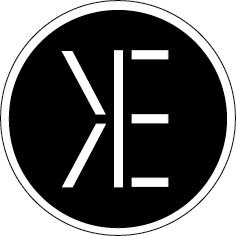

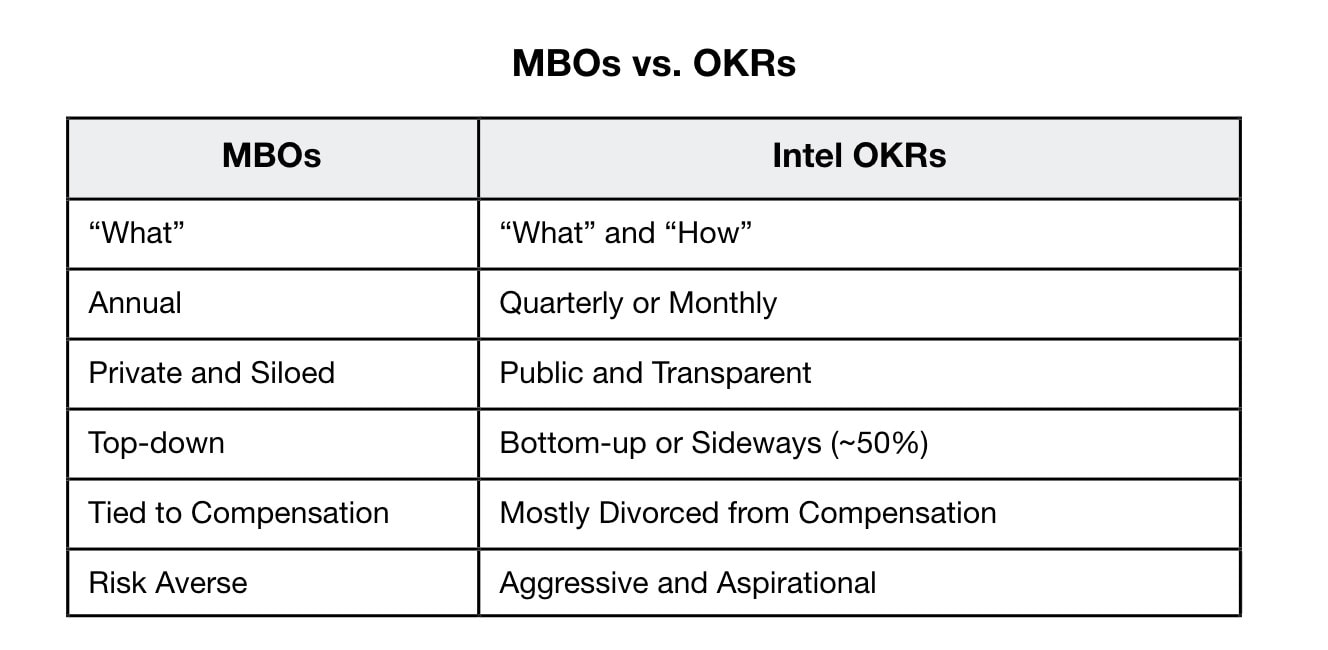
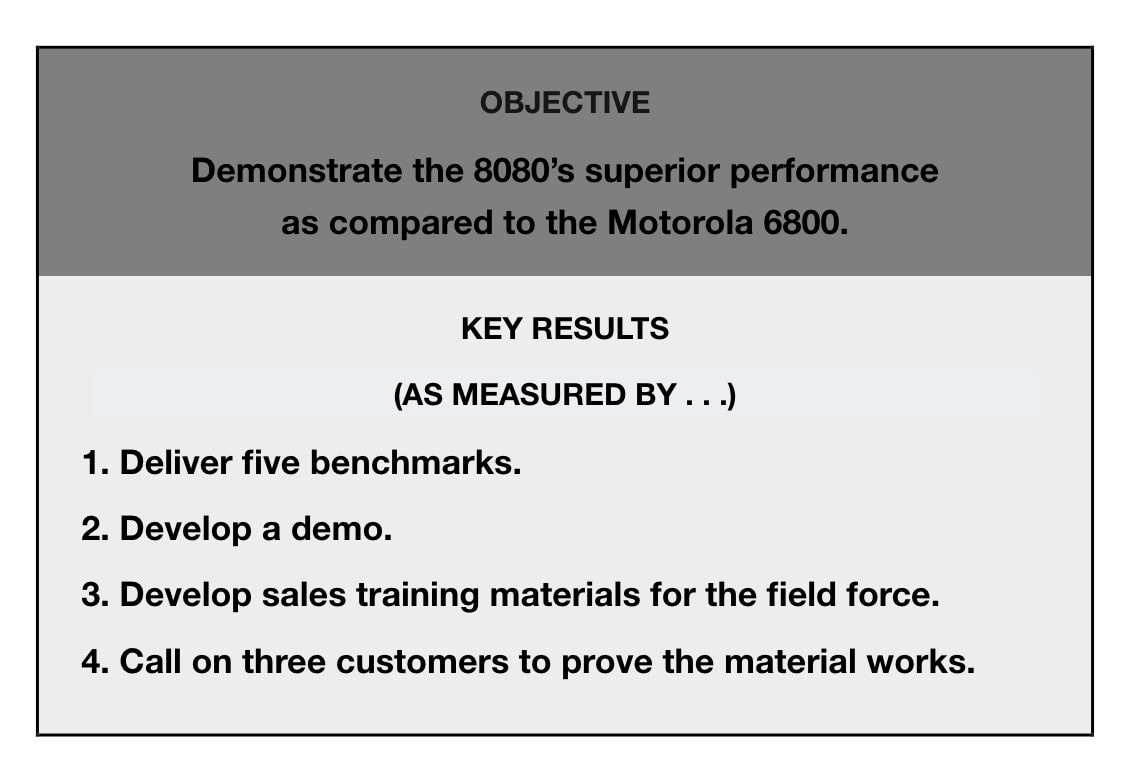
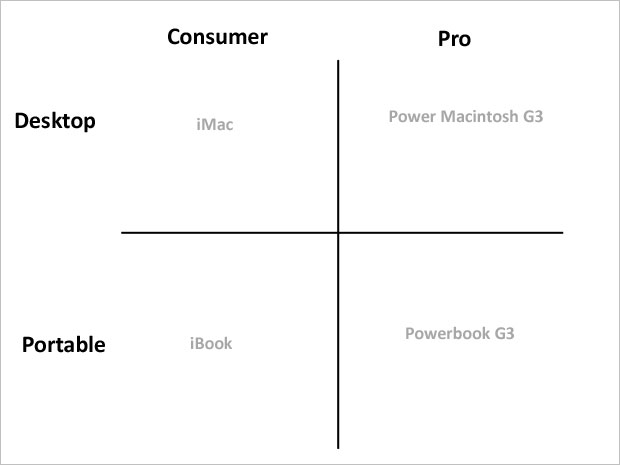
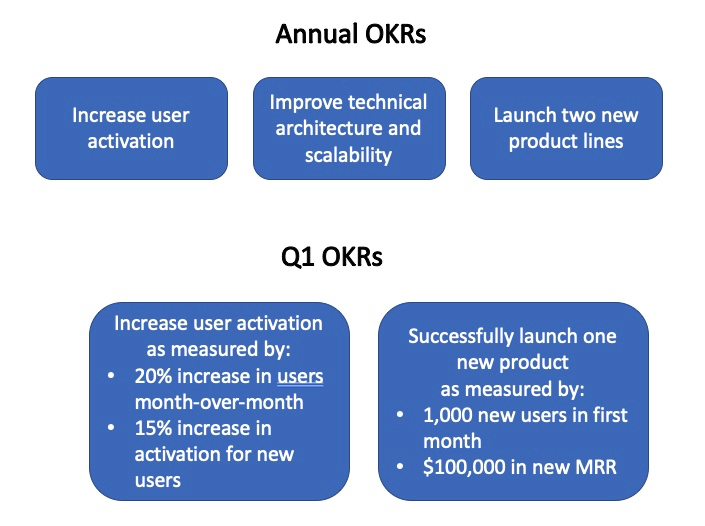

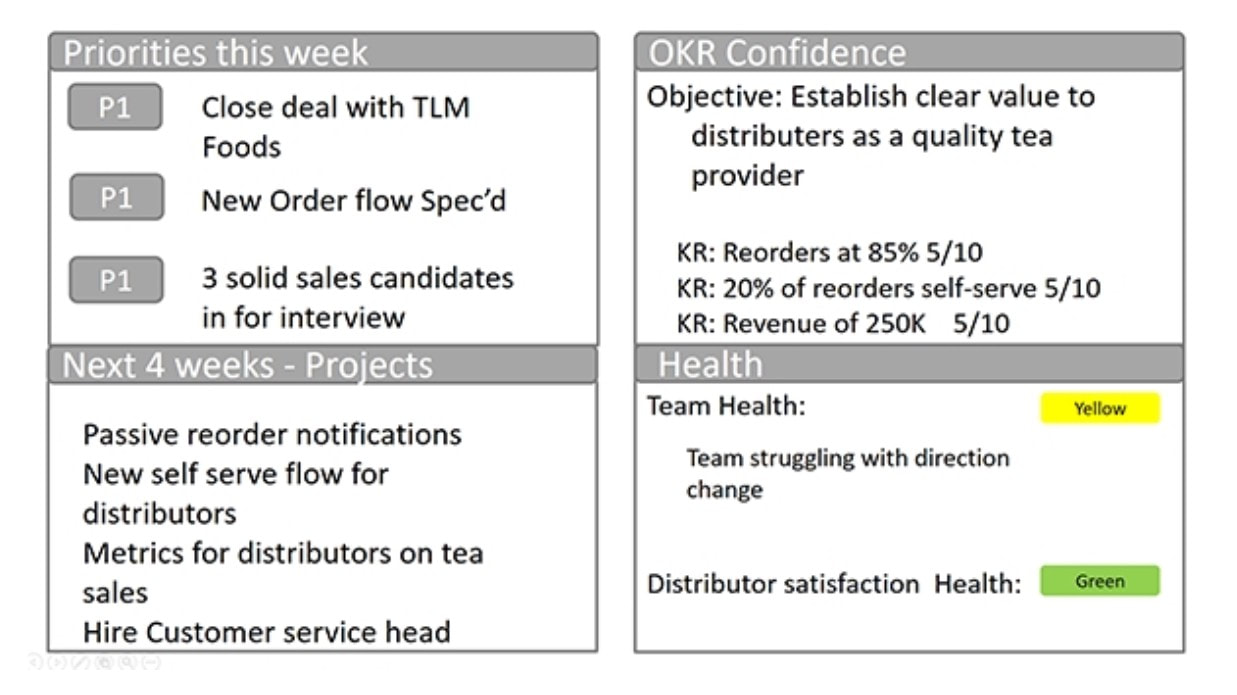
 RSS Feed
RSS Feed
